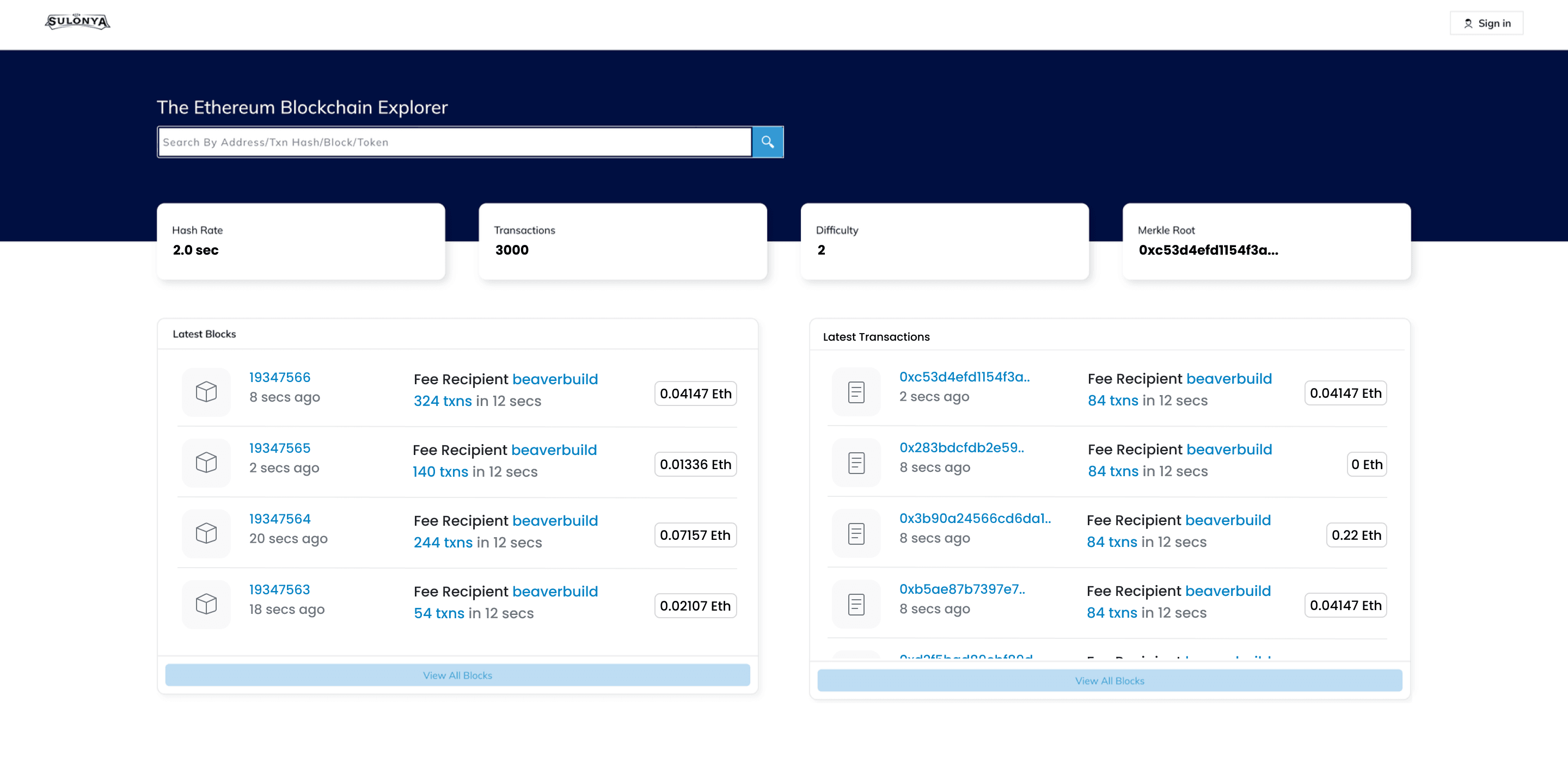
Blockchain for Data Management using Hyperledger Fabric
You may have heard of bitcoin, a digital currency that is shaking up the financial world by making it possible for parties in a transaction to exchange money without the need for intermediaries like banks or credit card processors. However, it's less likely you've heard of blockchain, the technology that underlies bitcoin. Blockchain is an important technology for records management professionals to understand because it has broad implications for securing and authenticating intellectual property at lower cost and higher efficiency. Here's what you need to know.
There are many ways to store data in cloud. But there is always a problem present in digital form. Data in digital form can be modified and copied with no one being the wiser. That makes them difficult to trust. There are many products and services that provide secure and verified document management, but they can be expensive and often require the involvement of a third party. Blockchain is a digital mechanism that enables people who don't know each other to engage in trusted transactions with full confidence in the integrity of the assets being exchanged. This new mechanism for storing data on a decentralized network makes use of the unused space on people’s devices across the world to store files.
The Blockchain Data Manager stores all the data of any format (strings, files of any format etc.) in the blockchain (Hyperledger) across varies blockchain servers, basically the data is distributed across the network (Permissioned Network), this network is also known as private decentralized network. Blockchain data manager doesn't allow the user to modify or delete the data in the blockchain. rather user can only create a new copy of it, in turn this process creates a new block. each uploading or saving process is considered as a transaction. and each of these transactions is free of any transaction fee. with no hidden charges for saving or fetching data from the blockchain.
The blockchain data manager maintains user accounts with PKI system. it makes use of Elliptic Curve Cryptography (ECC) technique to encrypt the data in the blockchain. Every transaction in the blockchain is encrypted with user's private key (handled by Identity Management). User can share their data to any user in the same network. This system has Byzantine Fault Tolerance (BFT) when it can keep functioning correctly as long as two-thirds of the network agree or reaches consensus. BFT is a property or characteristic of a system that can resist up to one-third of the nodes failing or acting maliciously.
All decentralized blockchains run on consensus protocol or rules that all the nodes in the blockchain must follow in order to participate. Consensus protocols such as Byzantine Fault Tolerant and are thus able to resist up to one-third of the nodes disagreeing.
ADVANTAGES OF BLOCKCHAIN
Blockchain has several unique advantages
Permissioned Network: Hyperledger Fabric employs a permissioned network model, ensuring that participants have defined roles and access rights. This enhances privacy and control over sensitive data.
Smart Contracts (Chaincode): Utilizing smart contracts, known as Chaincode in Hyperledger Fabric, businesses can automate complex business logic. This enables the execution of predefined rules and conditions, enhancing the efficiency of data processing.
Modular Architecture: Hyperledger Fabric's modular architecture facilitates customization and scalability. Components such as consensus algorithms, membership services, and consensus protocols can be tailored to meet specific business requirements.
Private Channels: Hyperledger Fabric supports private channels, allowing for confidential transactions between specific network members. This feature is crucial for applications requiring data segregation.
Identity Management: With robust identity management features, Hyperledger ensures secure authentication and authorization, preventing unauthorized access and maintaining the integrity of the blockchain network.
Consensus Mechanisms: Hyperledger Fabric supports various consensus mechanisms, allowing businesses to choose the most suitable method for their use case. Practical Byzantine Fault Tolerance (PBFT) and Raft are among the options available.
WHY IT MATTERS
Here are some reasons Blockchain Data Manager become familiar with blockchain
- Cost savings - This is the most obvious benefit. Because blockchain transactions don't require intermediaries, processes can be made more efficient and less expensive. There's no need for auditors or legal professionals to validate the authenticity of information, so those costs come out of the process.
- Efficiency - Fewer people means faster turnaround. Transactions that might take days waiting for multiple sign-offs can be concluded in seconds.
- Security - The fewer participants there are in a transaction, less risk there is that something could go wrong. Handoff points are a prime vulnerability, and blockchain effectively eliminates them.Hyperledger's permissioned network and cryptography measures ensure data security.
- Flexibility - Any digital asset can use blockchain, including difficult-to-protect items like multimedia and email records.
- Interoperability: Hyperledger Fabric supports interoperability, facilitating integration with existing systems.